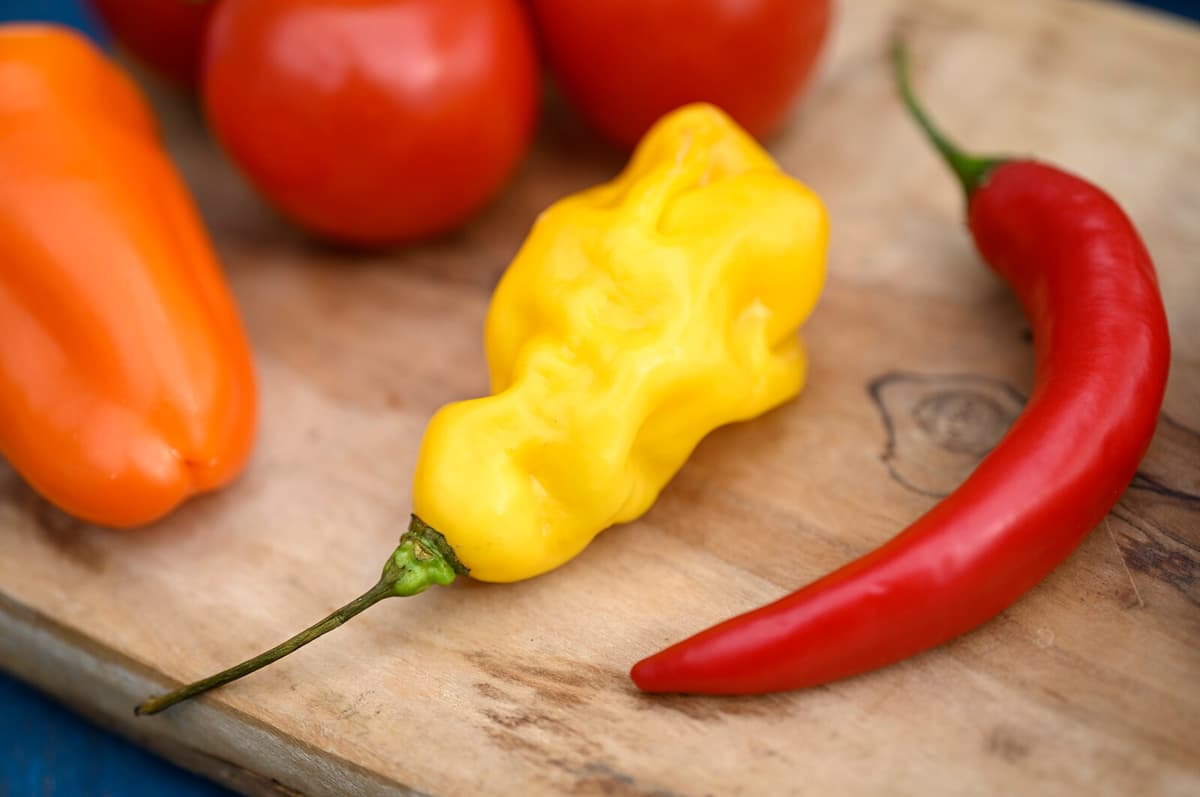When the crop absorbs a lot of this extra moisture, it ends up in the fruit flesh, says agroecologist Kraig Kraf about how chili is affected by heavy rainfall.
Then the chili simply becomes diluted. The heat of the chili fruit comes from the substance capsaicin, where warmer and drier conditions usually increase the heat. But drought can also prevent young plants from blooming.
A severe drought in Mexico earlier this year caused a shortage of a type of red winter jalapeños, which led to the company behind Sriracha sauce – Huy Fong Foods – pausing production in May, as reported by Washington Post.
There are 4,000 chili varieties, from jalapeño to habanero. They vary in color, size, and strength. The chili trade amounts to nine billion dollars, equivalent to 98 billion kronor, according to the UN's Food and Agriculture Organization. Asia accounts for nearly 70 percent of the chili supply.
But it's not just chili fruits that are affected. Researchers believe it's rather a long-term trend. Coffee blends become more bitter and coconuts more tasteless – as a result of irregular rainfall.





